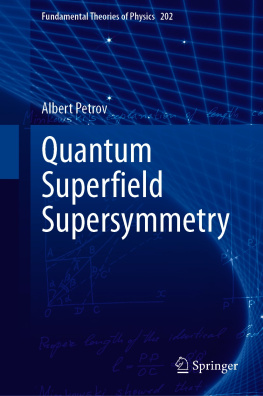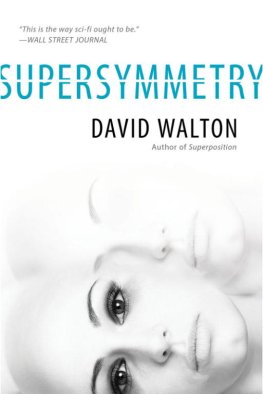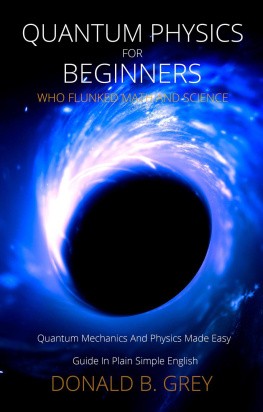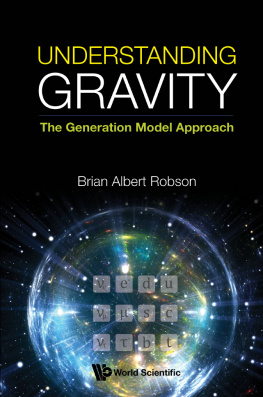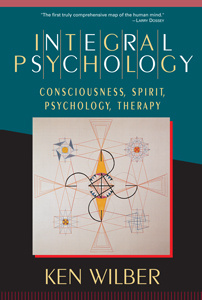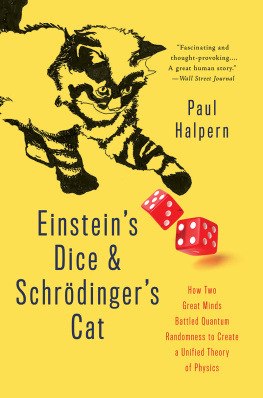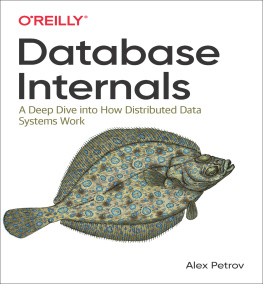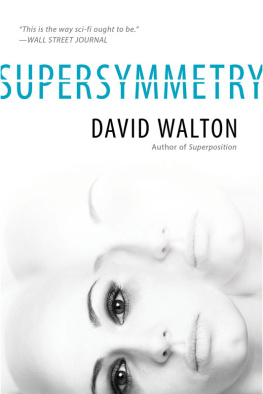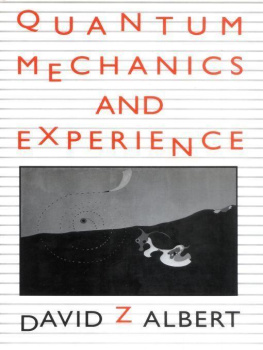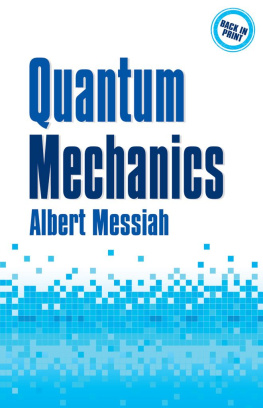Albert Petrov - Quantum Superfield Supersymmetry
Here you can read online Albert Petrov - Quantum Superfield Supersymmetry full text of the book (entire story) in english for free. Download pdf and epub, get meaning, cover and reviews about this ebook. year: 2021, publisher: Springer, genre: Children. Description of the work, (preface) as well as reviews are available. Best literature library LitArk.com created for fans of good reading and offers a wide selection of genres:
Romance novel
Science fiction
Adventure
Detective
Science
History
Home and family
Prose
Art
Politics
Computer
Non-fiction
Religion
Business
Children
Humor
Choose a favorite category and find really read worthwhile books. Enjoy immersion in the world of imagination, feel the emotions of the characters or learn something new for yourself, make an fascinating discovery.
- Book:Quantum Superfield Supersymmetry
- Author:
- Publisher:Springer
- Genre:
- Year:2021
- Rating:3 / 5
- Favourites:Add to favourites
- Your mark:
- 60
- 1
- 2
- 3
- 4
- 5
Quantum Superfield Supersymmetry: summary, description and annotation
We offer to read an annotation, description, summary or preface (depends on what the author of the book "Quantum Superfield Supersymmetry" wrote himself). If you haven't found the necessary information about the book — write in the comments, we will try to find it.
Quantum Superfield Supersymmetry — read online for free the complete book (whole text) full work
Below is the text of the book, divided by pages. System saving the place of the last page read, allows you to conveniently read the book "Quantum Superfield Supersymmetry" online for free, without having to search again every time where you left off. Put a bookmark, and you can go to the page where you finished reading at any time.
Font size:
Interval:
Bookmark:
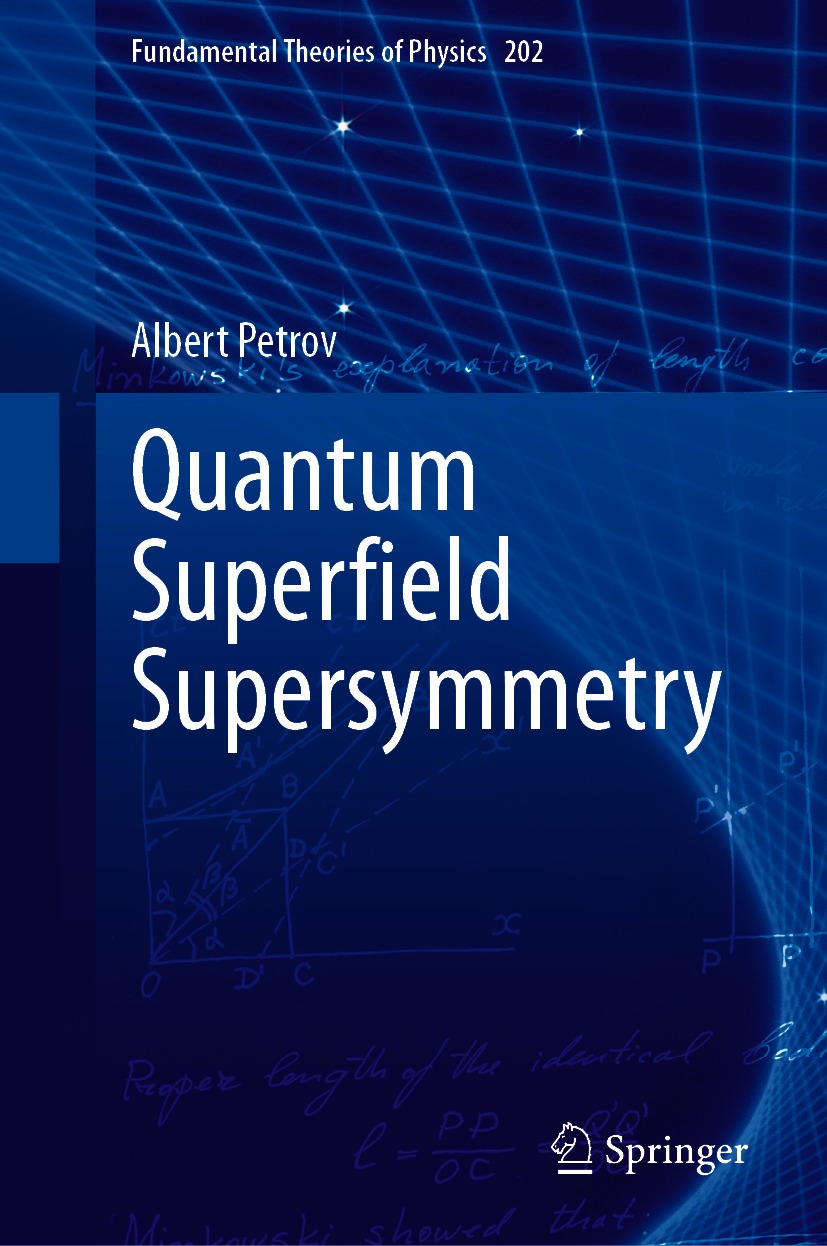
The international monograph series Fundamental Theories of Physics aims to stretch the boundaries of mainstream physics by clarifying and developing the theoretical and conceptual framework of physics and by applying it to a wide range of interdisciplinary scientific fields. Original contributions in well-established fields such as Quantum Physics, Relativity Theory, Cosmology, Quantum Field Theory, Statistical Mechanics and Nonlinear Dynamics are welcome. The series also provides a forum for non-conventional approaches to these fields. Publications should present new and promising ideas, with prospects for their further development, and carefully show how they connect to conventional views of the topic. Although the aim of this series is to go beyond established mainstream physics, a high profile and open-minded Editorial Board will evaluate all contributions carefully to ensure a high scientific standard.
More information about this series at http://www.springer.com/series/6001

This Springer imprint is published by the registered company Springer Nature Switzerland AG
The registered company address is: Gewerbestrasse 11, 6330 Cham, Switzerland
This review represents itself as a collection of lecture notes on superfield supersymmetry based on lectures given at Instituto de Fsica, Universidade de So Paulo (So Paulo), Instituto de Fsica, Universidade Federal do Rio Grande do Sul (Porto Alegre), and Departamento de Fsica, Universidade Federal da Paraiba (Joo Pessoa). The book includes many examples of explicit quantum calculations performed with use of the superfield formalism and is intended for students at levels of undergraduate and graduate studies in quantum field theory and theory of elementary particles and for researchers working in related subjects.
Author is grateful to C. A. S. Almeida, E. A. Asano, L. C. T. Brito, I. L. Buchbinder, M. Cvetic, A. F. Ferrari, F. S. Gama, H. O. Girotti, M. Gomes, S. M. Kuzenko, A. C. Lehum, R. V. Maluf, J. R. Nascimento, P. Porfirio, A. A. Ribeiro, V. O. Rivelles, A. J. da Silva, and E. O. Silva for fruitful collaboration and interesting discussions. The work has been partially supported by CNPq.
We prove, once and for all, that people who dont use superspace are really out of it.
Stuperspace
The idea of supersymmetry is now considered as one of the basic concepts of theoretical high energy physics (see e.g. [1]). The supersymmetry, being a fundamental symmetry allowing to relate bosons and fermions, provides possibilities to construct theories with much better renormalization properties since some bosonic and fermionic divergent contributions in supersymmetric theories cancel each other. Moreover, there are essentially finite four-dimensional supersymmetry theories without higher derivatives, e.g.  super-Yang-Mills (SYM) theory (the detailed discussion of the finiteness of this theory is presented in [2]), and, probably,
super-Yang-Mills (SYM) theory (the detailed discussion of the finiteness of this theory is presented in [2]), and, probably,  supergravity [3]. In the three-dimensional case,
supergravity [3]. In the three-dimensional case,  and
and  supersymmetric Chern-Simons theories are known to be finite [4]. Due to this essential improvement of renormalization properties, there is a common expectation that the expected unified theory of all fundamental interactions must be supersymmetric (see e.g. [5] and references therein).
supersymmetric Chern-Simons theories are known to be finite [4]. Due to this essential improvement of renormalization properties, there is a common expectation that the expected unified theory of all fundamental interactions must be supersymmetric (see e.g. [5] and references therein).
Font size:
Interval:
Bookmark:
Similar books «Quantum Superfield Supersymmetry»
Look at similar books to Quantum Superfield Supersymmetry. We have selected literature similar in name and meaning in the hope of providing readers with more options to find new, interesting, not yet read works.
Discussion, reviews of the book Quantum Superfield Supersymmetry and just readers' own opinions. Leave your comments, write what you think about the work, its meaning or the main characters. Specify what exactly you liked and what you didn't like, and why you think so.

